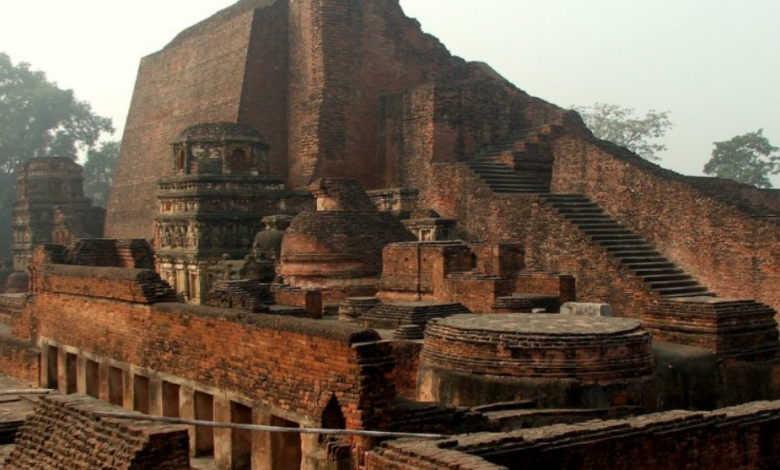The Significance Of The Pala Dynasty

Bengal’s magnificent Paharpur Buddhist complex was built during the Pala era and supported by succeeding rulers. Why then did this empire consider the monastery to be so significant?
From the eighth century to the end of the eleventh century, the Pala dynasty ruled over Bengal and Bihar for nearly 400 years, with about 20 kings in power.
It’s helpful to consider the situation at the time the first monarch assumed power in order to start comprehending the Pala Dynasty. Following the fall of the Post Gupta dynasty, the area that is now north-eastern India and Bangladesh was in a state of lawlessness for approximately a century. Feudal lords had been trapped in a cycle of minor disputes with no visible way out.
Stability didn’t start to develop until a feudal lord by the name of Gopala was able to win the backing of other powerful individuals. He established democratic rule over the Varendra region, which includes the Indian state of Bihar, West Bengal, and northwest Bangladesh. He would establish the Pala Empire and become its first emperor.
The son of Gopala, the dynasty’s second emperor, would have the greatest influence, nevertheless. He was known as King Dharma Pala Deva (sometimes spelled Dharmapala), and during his leadership, the empire’s realm significantly grew to encompass all of northern India. He is recognized as a capable administrator, and the area had economic prosperity at this time.
Archaeologists have discovered proof that the Pala dynasty was in charge of all facets of bureaucracy, from the national government all the way down to neighborhood communities. Tax revenue was generated more effectively than ever before, and it was utilized to pay for everything from ferry jetties in rivers to huge ports along the coast. The rulers had complete control over everything, including the regulation of the markets and forests.
The first Pala king, Gopala, and all of his offspring were Buddhists. When you consider how active the emperors were in the administration of their empires, it is not surprising that this also applied to religion. They funded programs to disseminate Buddhism throughout the area with the money they made through the new tax collection techniques. Large monasteries like Paharpur, which was established during the rule of King Dharma Pala Deva, were the most significant of these.
However, it was interesting to note that the majority of the people living under the Pala Empire’s rule were Hindus. Hindu temples were given land by the Pala kings, and Hindu Brahmins were permitted to assume important positions in the Pala court. This shows that the Pala kings practiced religious tolerance. This made it possible for the peaceful interchange of ideas between the two religions, which is a major reason why Hindu Tantrism entered Buddhism and gave rise to the Vajrayana doctrine.
The Pala rulers are regarded as astute diplomats who built bonds with many cultures to advance new trade routes. The empire had solid economic relations with the Middle East and Southeast Asia, but there was more going on than that. During this period, cultural ideas were also transmitted, and there is evidence that Islam first appeared in Bengal, while Iraq, for example, adopted the mathematical and astronomical achievements of the Indian civilization. The construction of temples in Southeast Asia that were based on the Paharpur design is the most obvious example of this intellectual exchange.
The Pala dynasty fostered a climate in which Buddhist monasteries could flourish and engage in open-minded philosophical debate. But more significantly, it also aided in the dissemination of these concepts throughout the globe, leaving a legacy that is still evident today.
News Mania Desk






